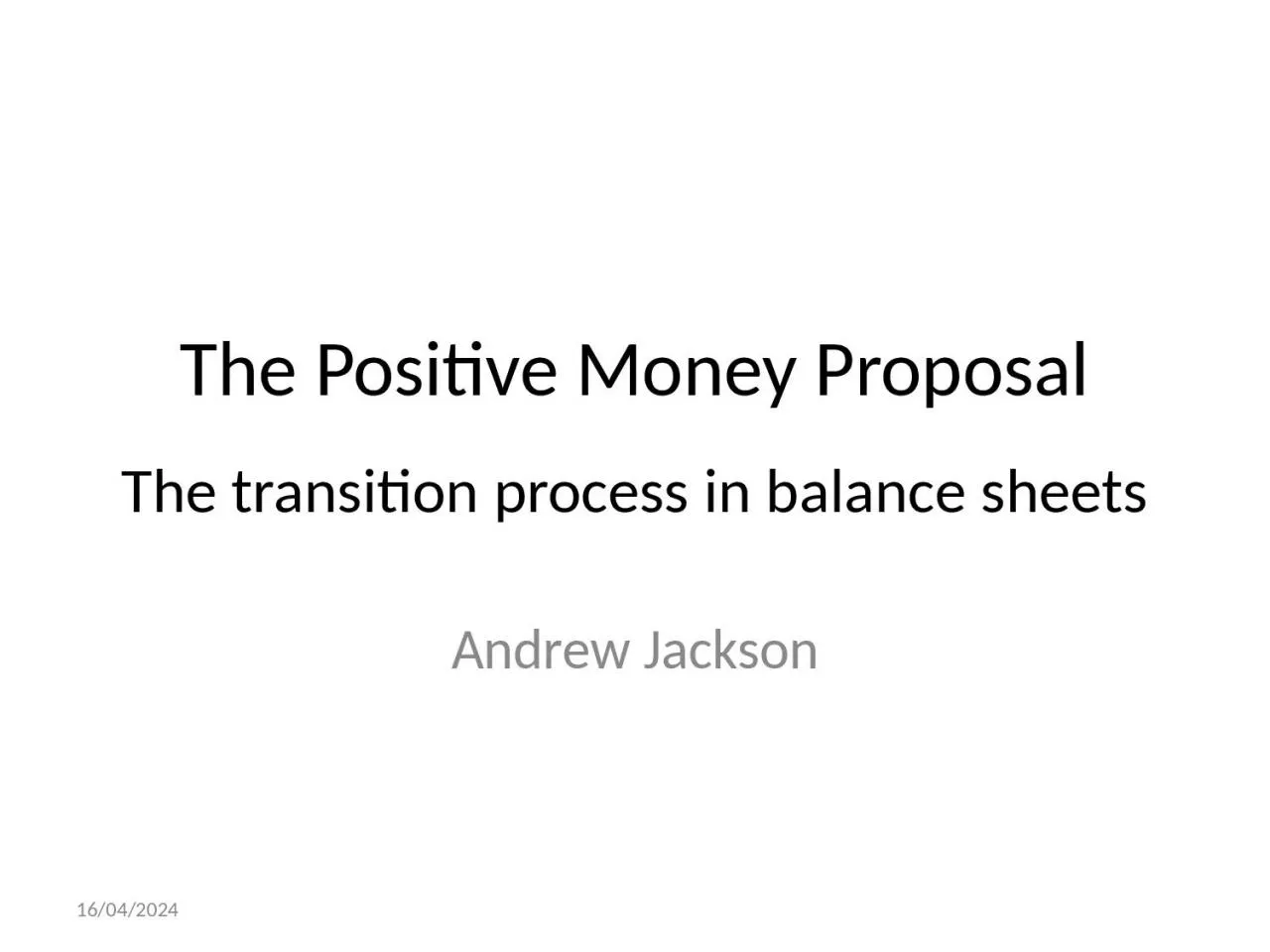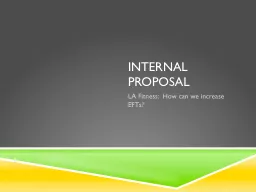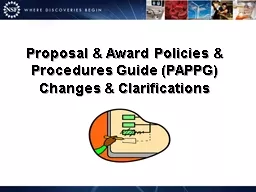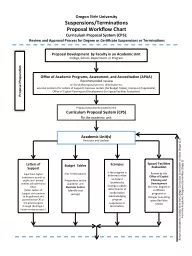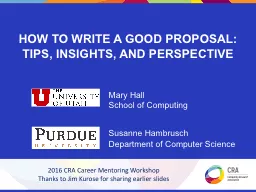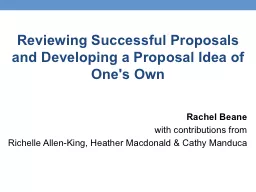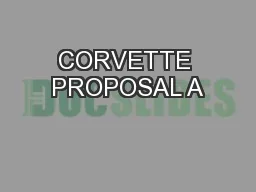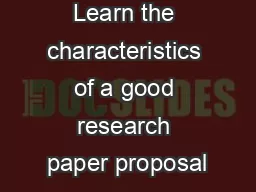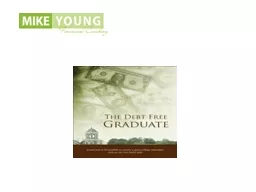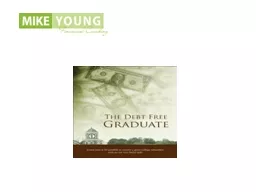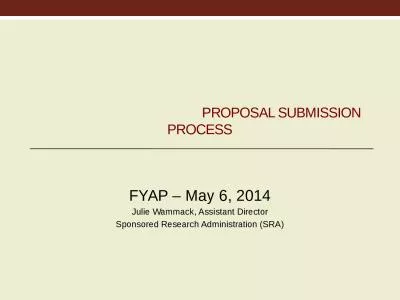PPT-The Positive Money Proposal
Author : HotMess | Published Date : 2022-08-01
The transition process in balance sheets Andrew Jackson 03022014 Stylised balance sheets just before the overnight switchover Deposits exceed loans due to QE increasing
Presentation Embed Code
Download Presentation
Download Presentation The PPT/PDF document "The Positive Money Proposal" is the property of its rightful owner. Permission is granted to download and print the materials on this website for personal, non-commercial use only, and to display it on your personal computer provided you do not modify the materials and that you retain all copyright notices contained in the materials. By downloading content from our website, you accept the terms of this agreement.
The Positive Money Proposal: Transcript
Download Rules Of Document
"The Positive Money Proposal"The content belongs to its owner. You may download and print it for personal use, without modification, and keep all copyright notices. By downloading, you agree to these terms.
Related Documents

